By Rodrigo Fino, Founder and Senior Art Director, Garcia Media Latinamerica. Translation by Mario Garcia
Every so often – or better yet – with each new social media experience, the same question arises: Should my brand be or not be in a new platform of the social media ecosystem? We already have several failed experiments that, for various reasons, failed to pass the fashion / euphoria / oblivion stage. Some of these have been short-lived and fulminating efforts, even though some still exist. Some, like fotolog.com, myspace.com, vine.co went on to oblivion, among the most remembered.
Since 2017, the controversial application Tik Tok broke into the media ecosystem with a massive adoption, especially of children, and does not stop growing in users.
Maybe instead of asking ourselves whether or not our brand should be in a new social environment, the questions that maybe we should ask ourselves are for what, why, what objectives we could have when creating a brand exposure channel and above all, who, how will you update it and what will bring value to it.
We also can not ignore that we will have little information from the real audience that has this new medium (at least in the first months) but at the same time it proposes a path of experimentation and search for new channels of dialogues with audiences that they renew for the inevitable effect of the passage of time with generations that are born with more and more possibilities of connection and access to the contents. Good or bad? That’s another story. Tik Tok forces us to ask ourselves these considerations and to think about this new scenario of audiences increasingly exposed, younger and with less privacy.
The Washinton Post takes it with humor

Experimentation opens new forms of interaction.
You can take that path or not, but if you decide to do it, it is better to have something to say that adapts to the environment or the platform and especially that adds value. If this is not achieved, it is better not to join and think more deeply. Now, the traditional newspaper, The Washington Post,appeals to a new audience, using humor by adding a quality that traditional media brands have not cultivated or have not worried about nurturing: empathy. Something that The Washington Post has been doing for a while now and not only in Tik Tok.
Fifteen seconds for 1500 million and beyond
What is Tok Tok?
The Tik Tok application (which evolves from the application for teenagers musical.ly) allows you to create, edit and share videos of just 15 seconds on other social media. It burst into the scene attracting children aged 8 and 16 and reaching in 2019 up to 1,500 million downloads and 500 million users. Tik Tok has not stopped growing since in 2017 the Chinese company ByteDance bought it for $1000 million.
This growth, as we have seen with other applications or social media, does not in itself guarantee the success or consolidation of Tik Tok as a new social media standard. Yes it is telling us that the brevity, the trivial, the humor, the personal exposure or something to show, however absurd it is what is shown and above all, being able to share it between peers without the permission of older adults, captures the attention faster in younger and younger audiences that are increasingly exposed on social media.
https://www.tiktok.com/@washingtonpost/video/6790427844318153990
https://www.tiktok.com/@washingtonpost?
Let The Story guide your mobile first strategy!
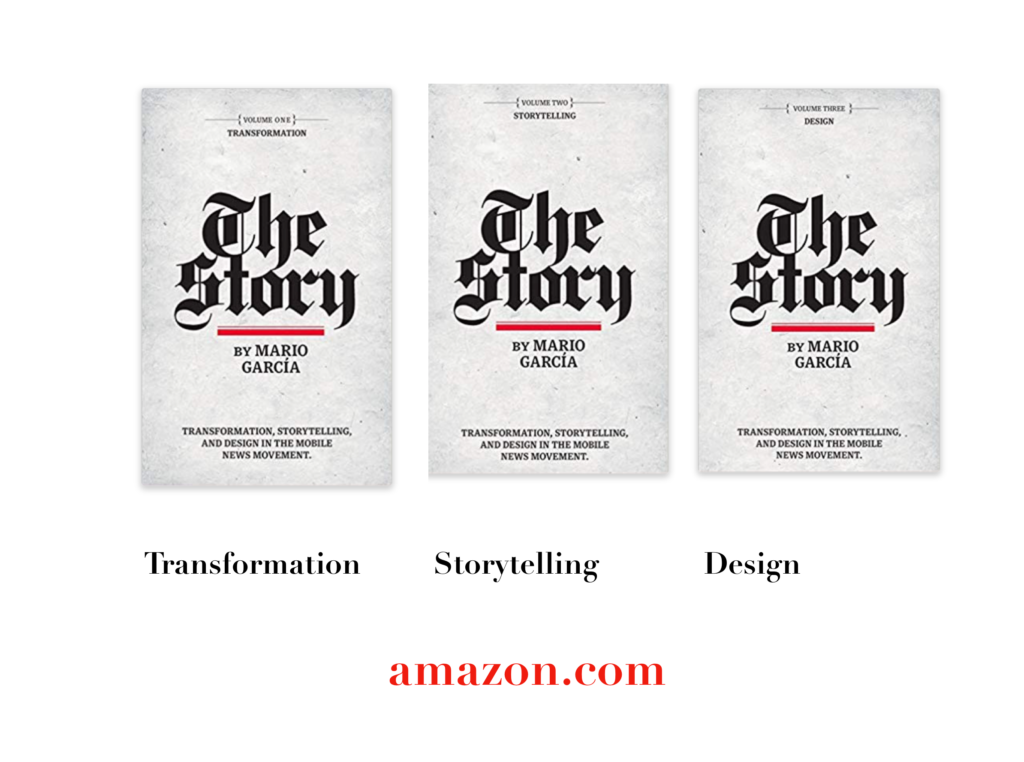
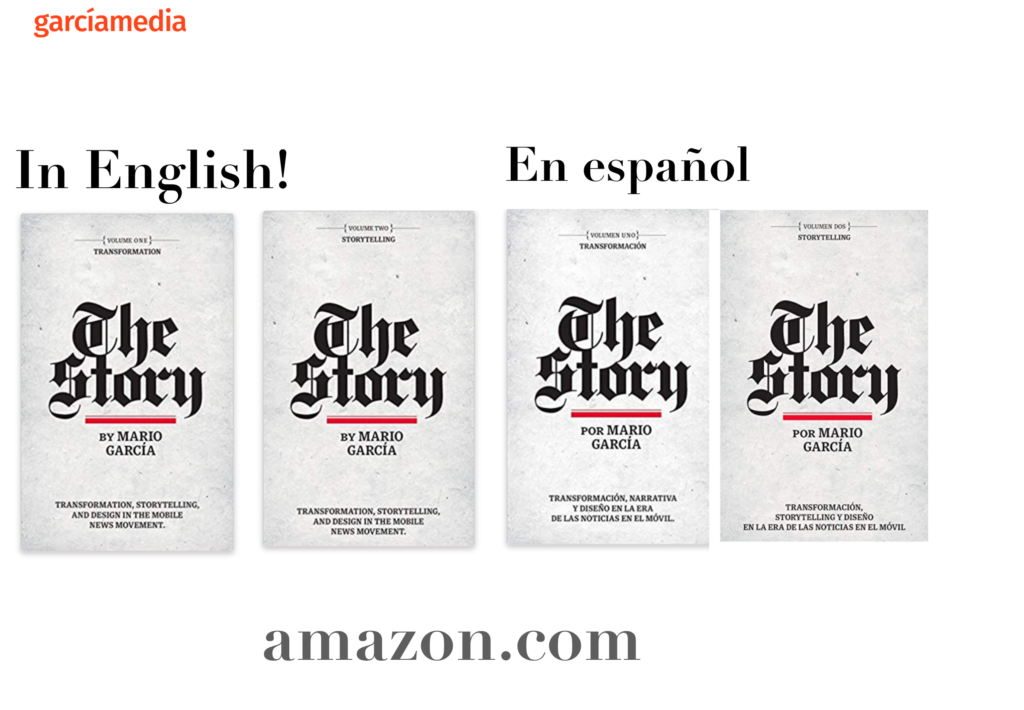
A good read to start the year 2020: The full trilogy of The Story now available–3 books to guide you through a mobile first strategy. Whether you’re a reporter, editor, designer, publisher, corporate communicator, The Story is for you! https://amazon
Mario’s speaking engagements
March 13, 2020, National Media College Association, New York City, NY, USA
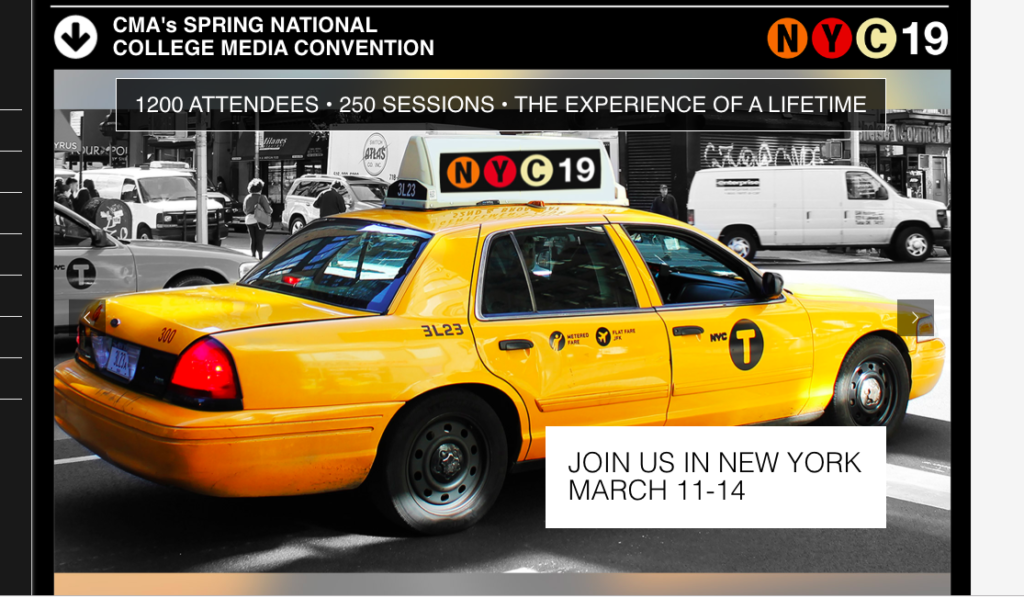
Keynote presentation at the National Media College Association Spring Convention.
March 27, 2020, New York Press Association (NYPA), Sarasota Springs, NY, USA

April 22, 2020, Newscamp 2020, Augsburg, Germany
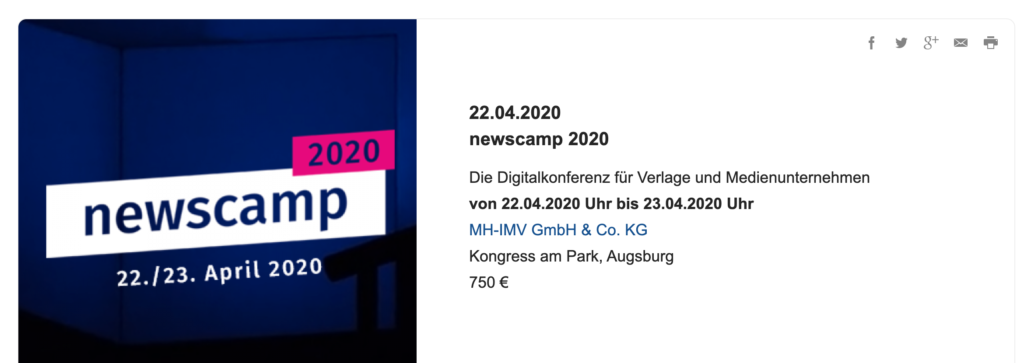
https://medienkalender.bayern/event/newscamp-2020
April 26, 2020, INMA World Congress, Paris, France
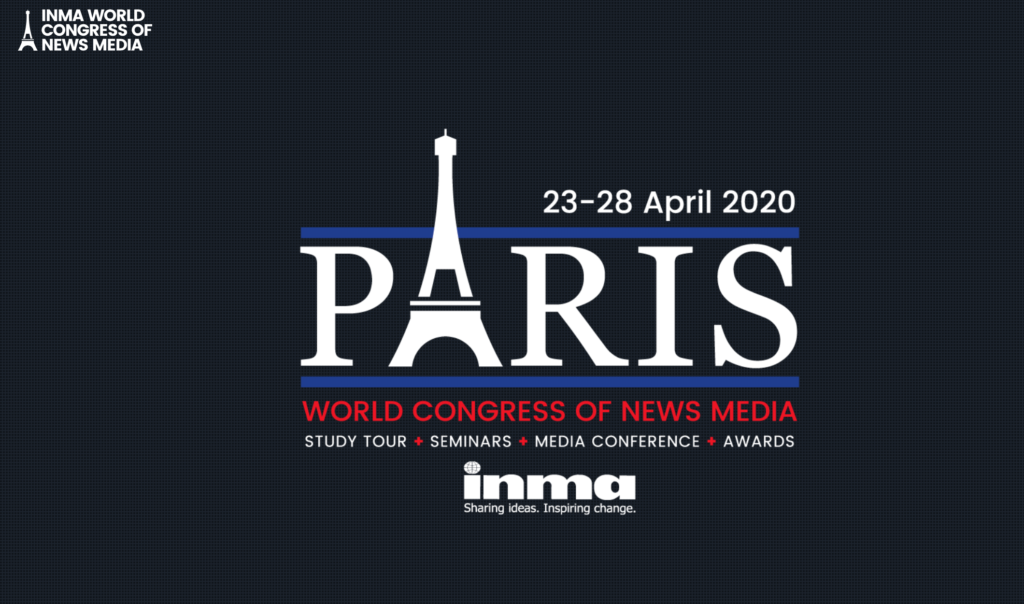
TheMarioBlog post # 3203